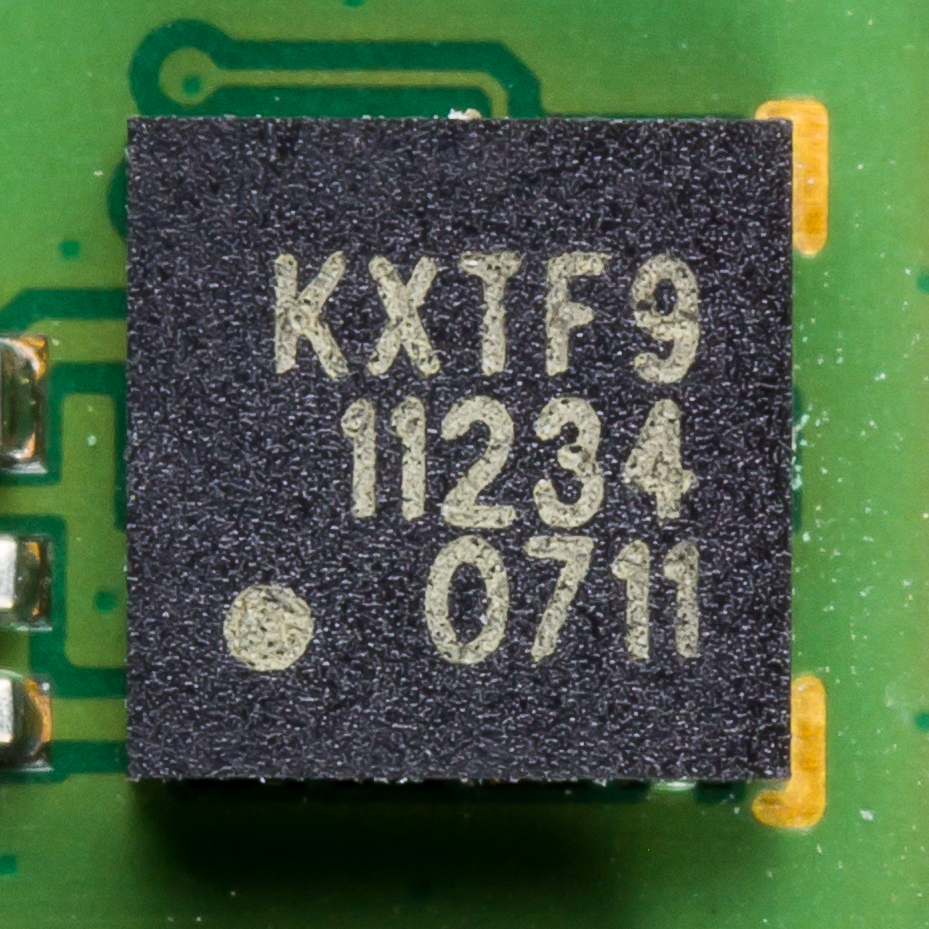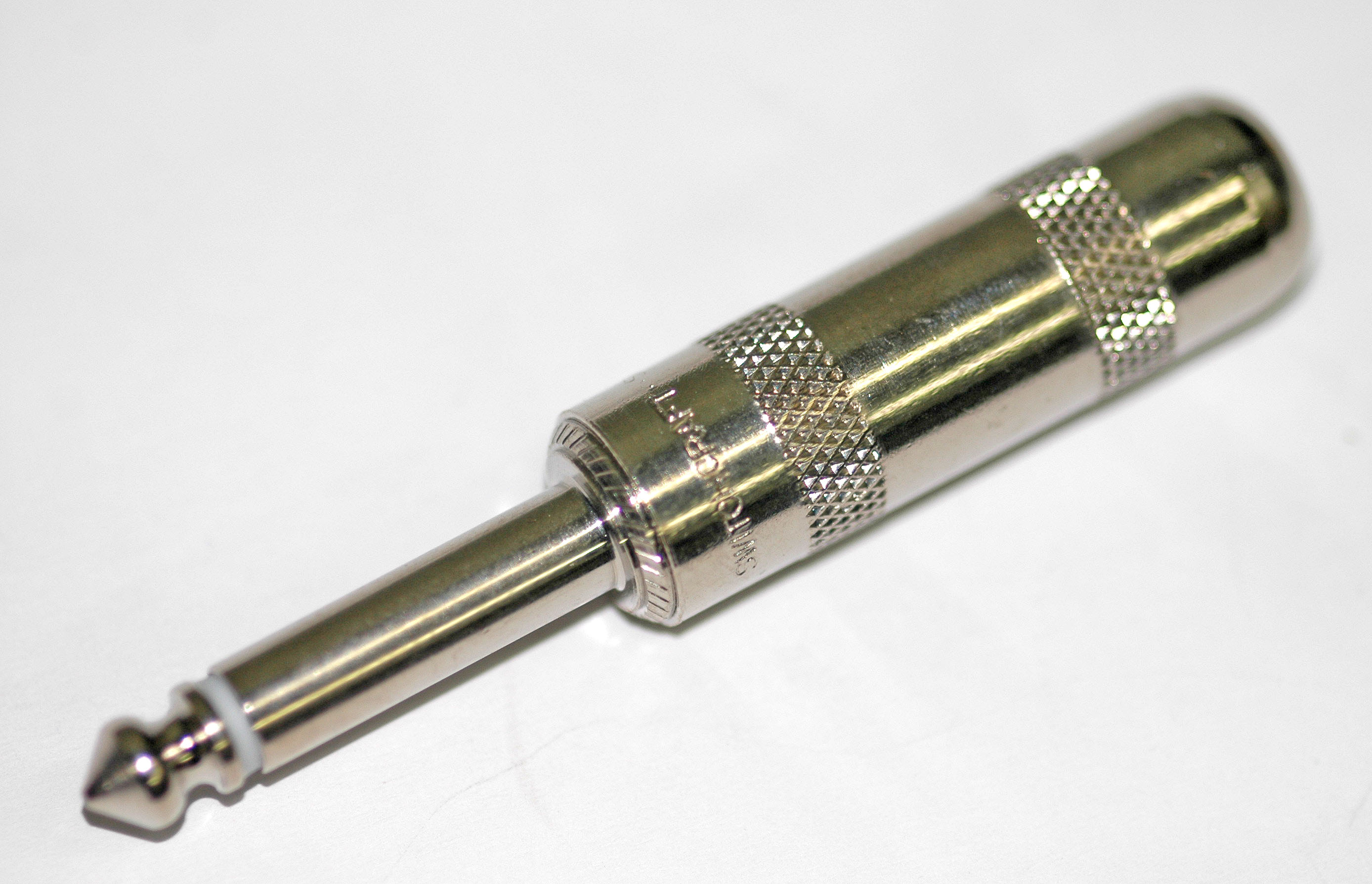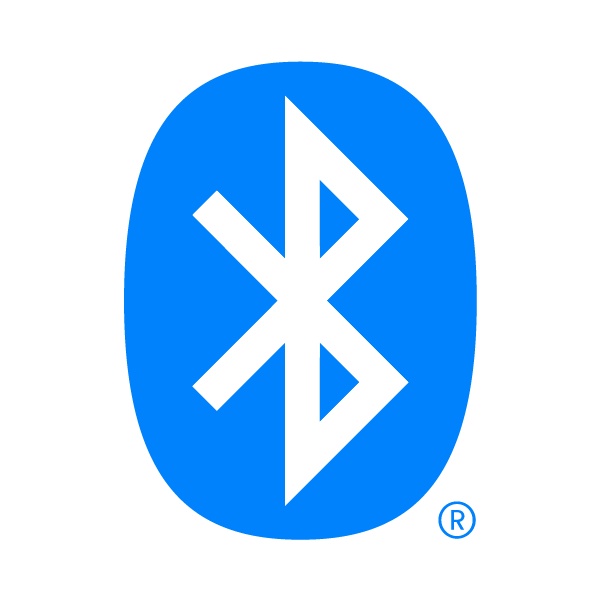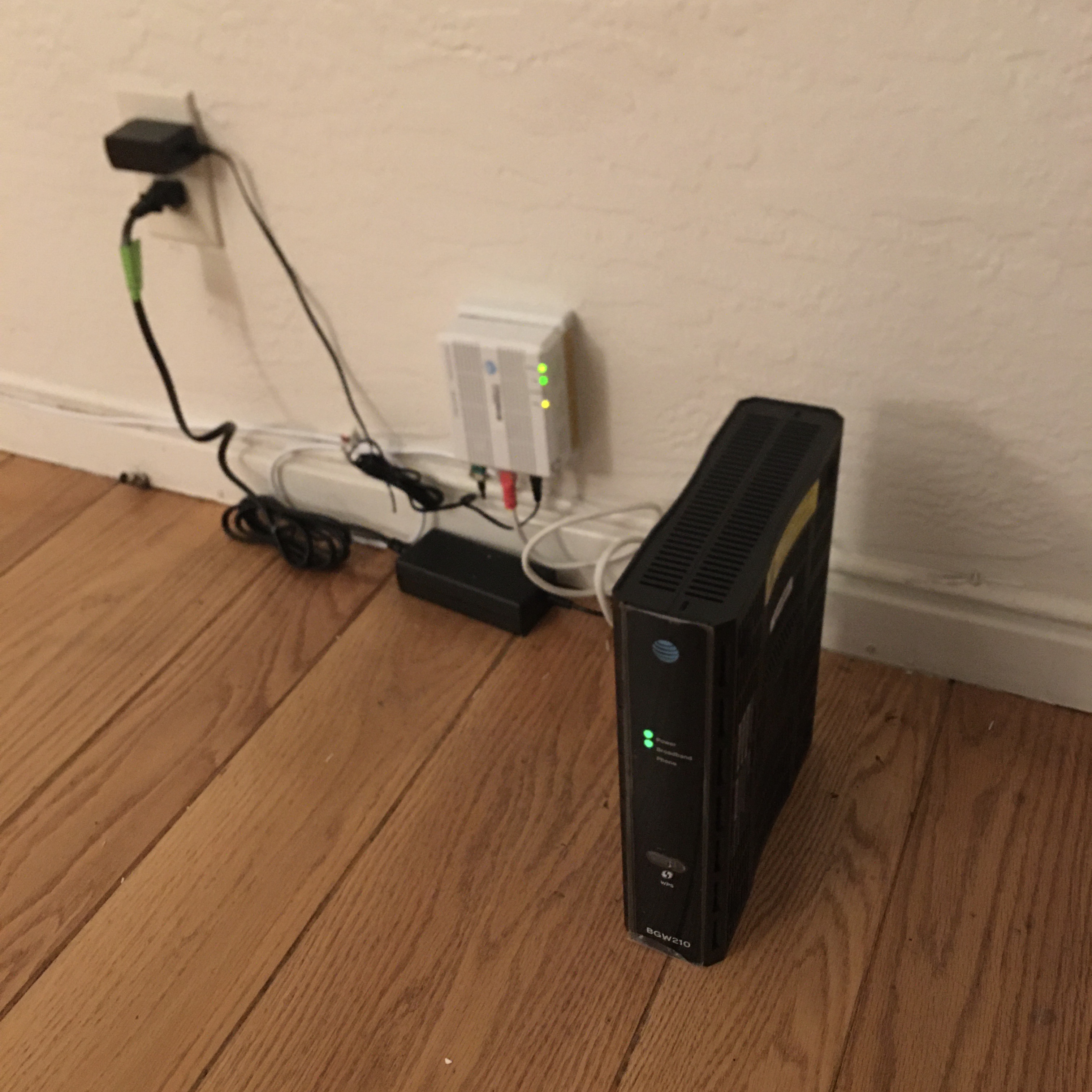|
Lava Pixel V1
{{Infobox mobile phone , name = , logo = , logosize = , image =Lava Pixel V1.jpg , imagesize = 200px , caption = Lava Pixel V1 in white , manufacturer = Lava International , slogan = , series = android one , networks = Dual Sim (3G GSM) , released = {{Start date and age, 2015, 07, 05, df=yes, br=yes , discontinued = , status =Active , unitssold = , unitsshipped = , predecessor = Micromax Canvas A1, Spice Deram Uno, Karbon Sparkle V1 , successor = , type = Touchscreen smartphone , form = Slate , size = , weight = {{convert, 135, g, oz, abbr=on , protection = Asahi Dragon Trail , os = Android 6.0 Marshmallow , soc = , cpu = 1.3 GHz octa core MediaTek MT6582 , gpu = Broadcom VideoCore IV , memory = 2 GB RAM , storage = 32 GB flash memory , memory_card = microSD up to 32G ... [...More Info...] [...Related Items...] OR: [Wikipedia] [Google] [Baidu] |
Lava International
Lava International Ltd. (stylized as LΛVΛ) is an Indian multinational technology company that is specialized in manufacturing smartphones, laptops, computer hardware and consumer electronics. It was founded in 2009 by Hari Om Rai, Sunil Bhalla, Shailendra Nath Rai and Vishal Sehgal as an offshoot of a telecommunication venture. It is headquartered in Noida, Uttar Pradesh, India, and has overseas operations in a number of countries. Structure Lava is headquartered in Noida sector 64, Uttar Pradesh, India. The company maintains 6 offices and 3 manufacturing and service facilities throughout India. Lava has a single-layer distribution model, wherein more than 900 distributors across India are directly managed and controlled by the company. Lava is also present in several countries like Thailand, Sri Lanka, Middle-East, Bangladesh, Indonesia and Nepal. Research and development For designing and developing its products, Lava has set up Research and development facilities in In ... [...More Info...] [...Related Items...] OR: [Wikipedia] [Google] [Baidu] |
Accelerometer
An accelerometer is a tool that measures proper acceleration. Proper acceleration is the acceleration (the rate of change of velocity) of a body in its own instantaneous rest frame; this is different from coordinate acceleration, which is acceleration in a fixed coordinate system. For example, an accelerometer at rest on the surface of the Earth will measure an acceleration due to Earth's gravity, straight upwards (by definition) of g ≈ 9.81 m/s2. By contrast, accelerometers in free fall (falling toward the center of the Earth at a rate of about 9.81 m/s2) will measure zero. Accelerometers have many uses in industry and science. Highly sensitive accelerometers are used in inertial navigation systems for aircraft and missiles. Vibration in rotating machines is monitored by accelerometers. They are used in tablet computers and digital cameras so that images on screens are always displayed upright. In unmanned aerial vehicles, accelerometers help to stabilise fligh ... [...More Info...] [...Related Items...] OR: [Wikipedia] [Google] [Baidu] |
Radio Data System
Radio Data System (RDS) is a communications protocol standard for embedding small amounts of digital information in conventional FM radio broadcasts. RDS standardizes several types of information transmitted, including time, station identification and program information. The standard began as a project of the European Broadcasting Union (EBU), but has since become an international standard of the International Electrotechnical Commission (IEC). Radio Broadcast Data System (RBDS) is the official name used for the U.S. version of RDS. The two standards are only slightly different, with receivers able to work with either system and only minor inconsistencies in the displayed data. Both versions carry data at 1,187.5 bits per second on a 57 kHz subcarrier, so there are exactly 48 cycles of subcarrier during every data bit. The RBDS/RDS subcarrier was set to the third harmonic of the 19 kHz FM stereo pilot tone to minimize interference and intermodulation between t ... [...More Info...] [...Related Items...] OR: [Wikipedia] [Google] [Baidu] |
FM Radio
FM broadcasting is a method of radio broadcasting using frequency modulation (FM). Invented in 1933 by American engineer Edwin Armstrong, wide-band FM is used worldwide to provide high fidelity sound over broadcast radio. FM broadcasting is capable of higher fidelity—that is, more accurate reproduction of the original program sound—than other broadcasting technologies, such as AM broadcasting. It is also less susceptible to common forms of interference, reducing static and popping sounds often heard on AM. Therefore, FM is used for most broadcasts of music or general audio (in the audio spectrum). FM radio stations use the very high frequency range of radio frequencies. Broadcast bands Throughout the world, the FM broadcast band falls within the VHF part of the radio spectrum. Usually 87.5 to 108.0 MHz is used, or some portion thereof, with few exceptions: * In the former Soviet republics, and some former Eastern Bloc countries, the older 65.8–74 M ... [...More Info...] [...Related Items...] OR: [Wikipedia] [Google] [Baidu] |
TRS Connector
A phone connector, also known as phone jack, audio jack, headphone jack or jack plug, is a family of electrical connectors typically used for analog audio signals. A plug, the male connector, is inserted into the jack, the female connector. The phone connector was invented for use in telephone switchboards in the 19th century and is still widely used. The phone connector is cylindrical in shape, with a grooved tip to retain it. In its original audio configuration, it typically has two, three, four or, occasionally, five contacts. Three-contact versions are known as ''TRS connectors'', where ''T'' stands for "tip", ''R'' stands for "ring" and ''S'' stands for "sleeve". Ring contacts are typically the same diameter as the sleeve, the long shank. Similarly, two-, four- and five-contact versions are called ''TS'', ''TRRS'' and ''TRRRS connectors'' respectively. The outside diameter of the "sleeve" conductor is . The "mini" connector has a diameter of and the "sub-mini" co ... [...More Info...] [...Related Items...] OR: [Wikipedia] [Google] [Baidu] |
USB 2
Universal Serial Bus (USB) is an industry standard that establishes specifications for cables, connectors and protocols for connection, communication and power supply ( interfacing) between computers, peripherals and other computers. A broad variety of USB hardware exists, including 14 different connector types, of which USB-C is the most recent and the only one not currently deprecated. First released in 1996, the USB standards are maintained by the USB Implementers Forum (USB-IF). The four generations of USB are: USB 1.''x'', USB 2.0, USB 3.''x'', and USB4. Overview USB was designed to standardize the connection of peripherals to personal computers, both to communicate with and to supply electric power. It has largely replaced interfaces such as serial ports and parallel ports, and has become commonplace on a wide range of devices. Examples of peripherals that are connected via USB include computer keyboards and mice, video cameras, printers, portable media play ... [...More Info...] [...Related Items...] OR: [Wikipedia] [Google] [Baidu] |
A-GPS
Assisted GNSS (A-GNSS) is a GNSS augmentation system that often significantly improves the startup performance—i.e., time-to-first-fix (TTFF)—of a global navigation satellite system (GNSS). A-GNSS works by providing the necessary data to the device via a radio network instead of the slow satellite link, essentially "warming up" the receiver for a fix. When applied to GPS, it is known as assisted GPS or augmented GPS (abbreviated generally as A-GPS and less commonly as aGPS). Other local names include A-GANSS for Galileo and A-Beidou for BeiDou. A-GPS is extensively used with GPS-capable cellular phones, as its development was accelerated by the U.S. FCC's 911 requirement to make cell phone location data available to emergency call dispatchers. Background Every GPS device requires orbital data about the satellites to calculate its position. The data rate of the satellite signal is only 50 bit/s, so downloading orbital information like ephemerides and the almanac directl ... [...More Info...] [...Related Items...] OR: [Wikipedia] [Google] [Baidu] |
A2DP
In order to use Bluetooth, a device must be compatible with the subset of Bluetooth ''profiles'' (often called services or functions) necessary to use the desired services. A Bluetooth profile is a specification regarding an aspect of Bluetooth-based wireless communication between devices. It resides on top of the Bluetooth Core Specification and (optionally) additional protocols. While the profile may use certain features of the core specification, specific versions of profiles are rarely tied to specific versions of the core specification, making them independent of each other. For example, there are Hands-Free Profile (HFP) 1.5 implementations using both Bluetooth 2.0 and Bluetooth 1.2 core specifications. The way a device uses Bluetooth depends on its profile capabilities. The profiles provide standards that manufacturers follow to allow devices to use Bluetooth in the intended manner. For the Bluetooth Low Energy stack, according to Bluetooth 4.0 a special set of profiles app ... [...More Info...] [...Related Items...] OR: [Wikipedia] [Google] [Baidu] |
Bluetooth 4
Bluetooth is a short-range wireless technology standard that is used for exchanging data between fixed and mobile devices over short distances and building personal area networks (PANs). In the most widely used mode, transmission power is limited to 2.5 milliwatts, giving it a very short range of up to . It employs UHF radio waves in the ISM bands, from 2.402GHz to 2.48GHz. It is mainly used as an alternative to wire connections, to exchange files between nearby portable devices and connect cell phones and music players with wireless headphones. Bluetooth is managed by the Bluetooth Special Interest Group (SIG), which has more than 35,000 member companies in the areas of telecommunication, computing, networking, and consumer electronics. The IEEE standardized Bluetooth as IEEE 802.15.1, but no longer maintains the standard. The Bluetooth SIG oversees development of the specification, manages the qualification program, and protects the trademarks. A manufacturer must meet ... [...More Info...] [...Related Items...] OR: [Wikipedia] [Google] [Baidu] |
Wi-Fi
Wi-Fi () is a family of wireless network protocols, based on the IEEE 802.11 family of standards, which are commonly used for local area networking of devices and Internet access, allowing nearby digital devices to exchange data by radio waves. These are the most widely used computer networks in the world, used globally in home and small office networks to link desktop and laptop computers, tablet computers, smartphones, smart TVs, printers, and smart speakers together and to a wireless router to connect them to the Internet, and in wireless access points in public places like coffee shops, hotels, libraries and airports to provide visitors with Internet access for their mobile devices. ''Wi-Fi'' is a trademark of the non-profit Wi-Fi Alliance, which restricts the use of the term ''Wi-Fi Certified'' to products that successfully complete interoperability certification testing. the Wi-Fi Alliance consisted of more than 800 companies from around the world. over 3 ... [...More Info...] [...Related Items...] OR: [Wikipedia] [Google] [Baidu] |
Light-emitting Diode
A light-emitting diode (LED) is a semiconductor device that emits light when current flows through it. Electrons in the semiconductor recombine with electron holes, releasing energy in the form of photons. The color of the light (corresponding to the energy of the photons) is determined by the energy required for electrons to cross the band gap of the semiconductor. White light is obtained by using multiple semiconductors or a layer of light-emitting phosphor on the semiconductor device. Appearing as practical electronic components in 1962, the earliest LEDs emitted low-intensity infrared (IR) light. Infrared LEDs are used in remote-control circuits, such as those used with a wide variety of consumer electronics. The first visible-light LEDs were of low intensity and limited to red. Early LEDs were often used as indicator lamps, replacing small incandescent bulbs, and in seven-segment displays. Later developments produced LEDs available in visible, ultraviolet ... [...More Info...] [...Related Items...] OR: [Wikipedia] [Google] [Baidu] |
Megapixel
In digital imaging, a pixel (abbreviated px), pel, or picture element is the smallest addressable element in a raster image, or the smallest point in an all points addressable display device. In most digital display devices, pixels are the smallest element that can be manipulated through software. Each pixel is a sample of an original image; more samples typically provide more accurate representations of the original. The intensity of each pixel is variable. In color imaging systems, a color is typically represented by three or four component intensities such as red, green, and blue, or cyan, magenta, yellow, and black. In some contexts (such as descriptions of camera sensors), ''pixel'' refers to a single scalar element of a multi-component representation (called a ''photosite'' in the camera sensor context, although '' sensel'' is sometimes used), while in yet other contexts (like MRI) it may refer to a set of component intensities for a spatial position. Etymology ... [...More Info...] [...Related Items...] OR: [Wikipedia] [Google] [Baidu] |





